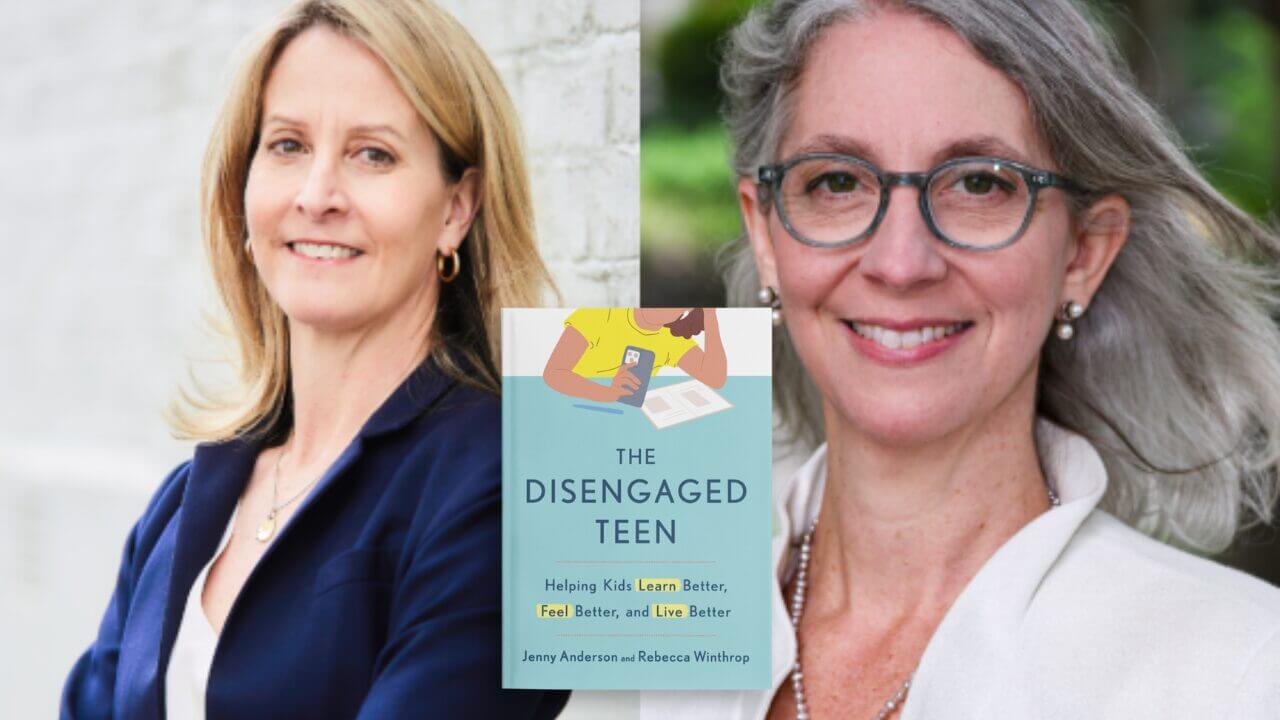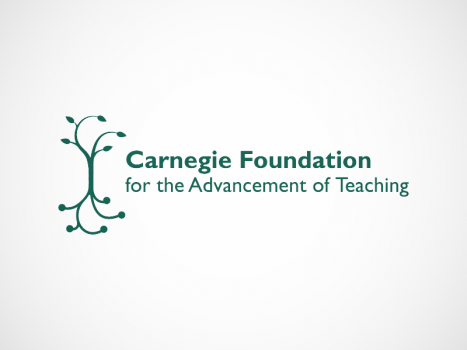A Brief History of the Quantitative Literacy Movement
Background Information for Faculty Arithmetic and Algebra Skills Aren’t Enough Any More!
“Despite its occasional use as a euphemism for statistics in school curricula, quantitative literacy is not the same as statistics. Neither is it the same as mathematics, nor is it (as some fear) watered-down mathematics. Quantitative literacy is more a habit of mind, an approach to problems that employs and enhances both statistics and mathematics. Unlike statistics, which is primarily about uncertainty, numeracy is often about the logic of certainty. Unlike mathematics, which is primarily about a Platonic realm of abstract structures, numeracy is often anchored in data derived from and attached to the empirical world. Surprisingly to some,this inextricable link to reality makes quantitative reasoning every bit as challenging and rigorous as mathematical reasoning. (Indeed, evidencefrom Advanced Placement examinations suggests that students of comparable ability find data-based statistical reasoning more difficult thansymbol-based mathematical reasoning.)”
— The Case for Quantitative Literacy, in Mathematics and Democracy
It has always been important for individuals to have the capacity to do arithmetic and algebra, however, in today’s global and technological society, doing calculations is not enough. An individual’s capacity to identify and understand quantitative situations, reason quantitatively, and communicate about the role mathematics plays in the world is essential. This quantitative literacy goes beyond basic computational skills. The quantitatively literate individual should be able engage in mathematics and solve quantitative problems from a wide array of authentic contexts and everyday life situations. These “habits of the mind” lead to making well-founded mathematical judgments that are useful in an individual’s current and future life as a constructive, concerned, and reflective citizen. Quantitative Literacy (QL) is more than just arithmetic skills and as fundamental as language literacy.
Conversations within the mathematics community about the importance and content of quantitative literacy have occurred for at least two decades. The following is a partial list of the many activities and documents that have brought the conversations and courses to college campuses:
In 1996, the Quantitative Literacy Subcommittee of the Committee on the Undergraduate Program in Mathematics issued guidelines for quantitative literacy programs (Sons, 1996). An excellent description of quantitative literacy and a summary of the CUPM recommendations appeared in Assessment Practices in Undergraduate Mathematics (Sons, 1999). These reports argue that a college graduate should be able to:
- interpret mathematical models such as formulas, graphs, tables, and schematics, and draw inferences from them;
- represent mathematical information symbolically, visually, numerically, and verbally;
- use arithmetical, algebraic, geometric and statistical methods to solve problems;
- estimate and check answers to mathematical problems in order to determine reasonableness, identify alternatives, and select optimal results;
- recognize that mathematical and statistical methods have limits.
In 1997, quantitative literacy was defined as “five different dimensions of numeracy: practical, for immediate use in the routine tasks of life; civic, to understand major public policy issues; professional, to provide skills necessary for employment; recreational, to appreciate and understand games, sports, and lotteries; and cultural, as part of the tapestry of civilization.”(Steen, L.A., (1997). Why Numbers Count: Quantitative Literacy for Tomorrow’s America. New York, New York. The College Entrance Examination Board, p. xxii.)
In 2000, The National Numeracy Network (NNN) began with a vision of a society in which all citizens possess the power and habit of mind to search out quantitative information, critique it, reflect upon it, and apply it in their public, personal and professional lives. The National Numeracy Network has continued to promote education that integrates quantitative skills across all disciplines and at all levels. The NNN website (http://serc.carleton.edu/nnn/about) presents three names for consideration. Numeracy, an expression first used in the UK’s 1959 “Crowther Report” to include secondary school students’ ability to reason and solve sophisticated quantitative problems, their basic understanding of the scientific method, and their ability to communicate at a substantial level about quantitative issues in everyday life. Others call it Quantitative Literacy (QL), and describe this comfort, competency, and “habit of mind” in working with numerical data as being as important in today’s highly quantitative society as reading and writing were in previous generations. Still others refer to it as Quantitative Reasoning (QR), emphasizing the higher-order reasoning and critical thinking skills needed to understand and to create sophisticated arguments supported by quantitative data.
In 2006, the American Mathematical Association of Two-Year Colleges (AMATYC) highlighted the importance of quantitative literacy in its standards document, Beyond Crossroads with the recommendation that faculty integrate quantitative literacy outcomes into all mathematics courses and collaborate with faculty in other disciplines to integrate quantitative literacy into coursework across all disciplines. In addition, this document presented these QL outcomes for students in all college programs:
- exhibit perseverance, ability, and confidence to use mathematics to solve problems
- perform mental arithmetic and use proportional reasoning
- estimate and check answers to problems and determine the reasonableness of results
- use geometric concepts and representations in solving problems
- collect, organize, analyze data, and interpret various representations of data, including graphs and tables
- use a variety of problem-solving strategies and exhibit logical thinking
- use basic descriptive statistics
- utilize linear, exponential, and other nonlinear models as appropriate
- communicate findings both in writing and orally using appropriate mathematical language and symbolism with supporting data and graphs
- work effectively with others to solve problems
- demonstrate an understanding and an appreciation of the positive role of mathematics in their lives.
The above list is not comprehensive and represents only handful of important documents. Here is a list of other important publications about QL:
- Mathematics and Democracy: The Case for Quantitative Literacy, prepared by The National Council on Education and the Disciplines, Editor: Lynn Steen, 2001
- “Why Numeracy Matters?” formal papers of the National Forum on QL, December, 2001 (published proceedings of the National Forum: Achieving QL: Urgent Challenge for Higher Education (2004))
- Steen summary of the National Forum on QL, December, 2001 (MAA Focus)
- Calculation vs. Context: Quantitative Literacy and Its Implications for Teacher Education, Editor: Bernard Madison and Lynn Arthur Steen, published and distributed by the Mathematical Association of America, (2008)
- QL Survey Slides, MAA/JMM, 2010 and MAA Sigma on QL, Update on Activities October 2010 (87% FYC have college-wide QL req)
- Quantitative Reasoning for the Contemporary World (QRCW) course outlines from Central Washington U (Boersma); U of Arkansas (Madison); Hollings U (Diefenderfer)
- QRCW Project Summary and QRCW Grading Rubric (draft)
- QL Rubric from the Association of American Colleges and Universities (2009)
- Two articles by Madison and Dingman published in the National Numeracy Network (NNN) ejournal:
- Quantitative Reasoning in the Contemporary World, 1: The Course and Its Challenges, Vol 3, Issue 2, Article 4
- Quantitative Reasoning in the Contemporary World, 2: The Course and Its Challenges, Vol 3, Issue 2, Article 5
- Third article is under development
- “Numeracy” article in the National Numeracy Network (NNN) ejournal, 2008
- P21 (Partnership for 21st Century Skills) Framework/Definitions
- OCED Education at a Glance 2010
June 9, 2011
A concrete way to learn how a Networked Improvement Community (NIC) might organize and carry out a better program of educational R&D is to build one. In this spirit, the Carnegie Foundation in partnership with several other colleagues and institutions, is now initiating a prototype NIC aimed at addressing the…
June 29, 2011
TED’s Chris Anderson says the rise of web video is driving a worldwide phenomenon he calls Crowd Accelerated Innovation — a self-fueling cycle of learning that could be as significant as the invention of print. But to tap into its power, organizations will need to embrace radical openness.






